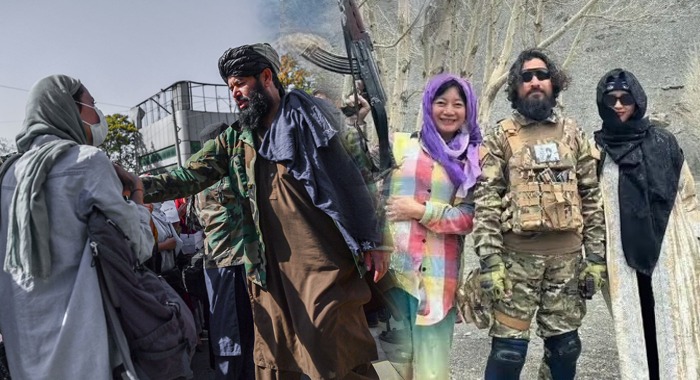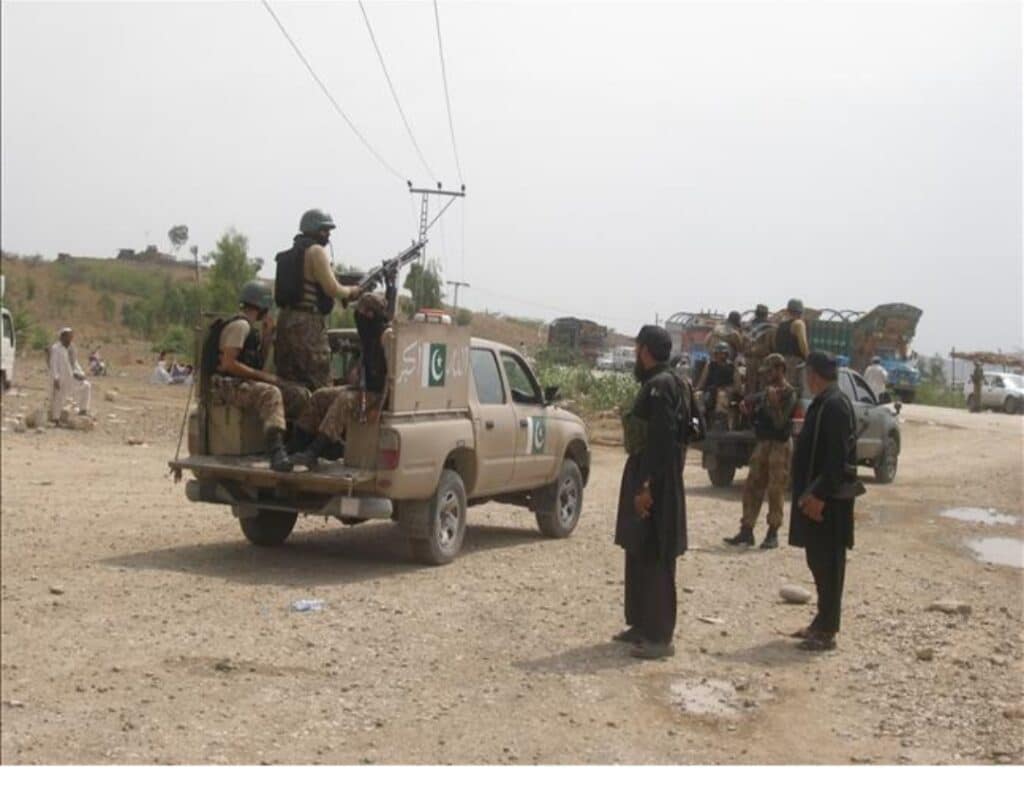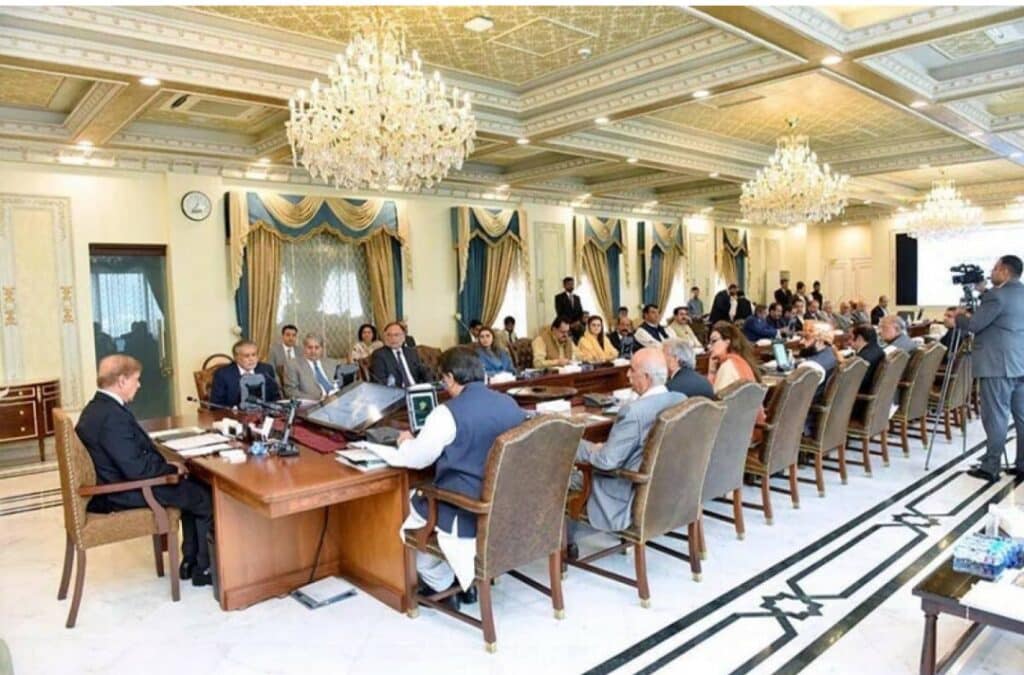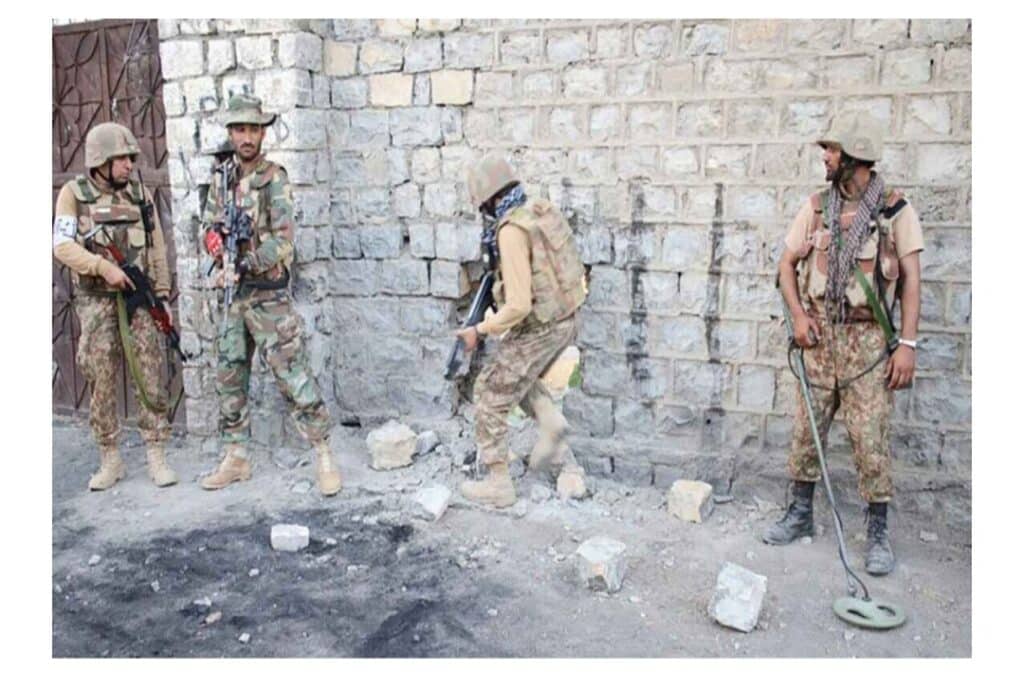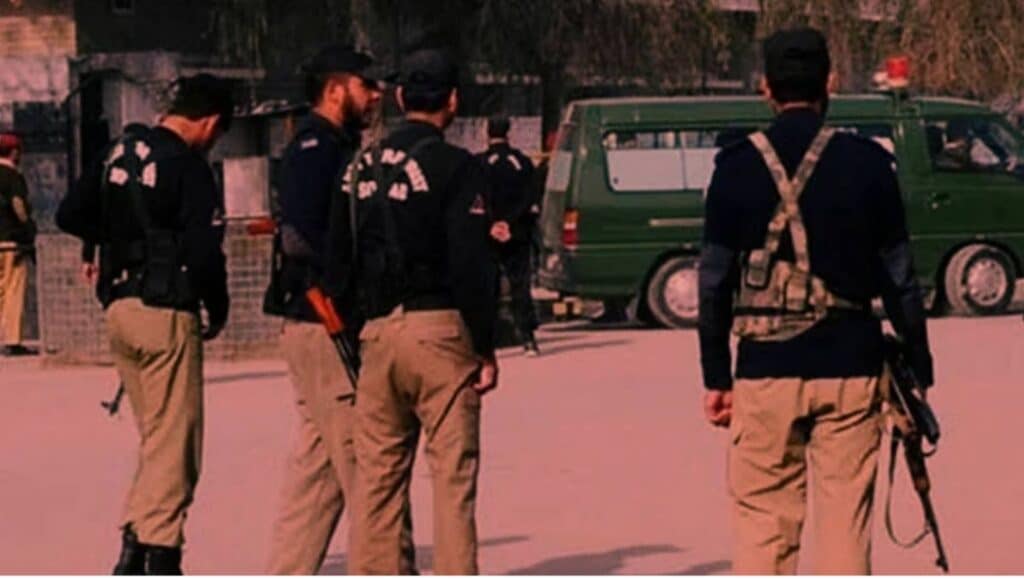While Afghan women and girls endure sweeping restrictions, detentions, and an erasure of basic freedoms under Taliban rule, foreign female tourists are walking the streets of Kabul, visiting museums, and exploring historic landmarks, experiences that remain out of reach for the country’s own women.
“I’m very aware that I have a lot more freedom than local women,” said Jackie Birov, a 35-year-old American traveller, reflecting on her experience in Afghanistan. Speaking to the Associated Press, she praised Afghan hospitality but acknowledged the deep inequality she witnessed.
Tourism in Afghanistan remains a niche, drawing only a few thousand mostly adventurous travellers each year. However, organised trips from countries like China, the UK, the Netherlands, and Greece are slowly gaining traction. The Taliban, facing global isolation and economic hardship, is promoting tourism as both a revenue stream and a tool to re-brand its international image.
Easier access to tourist visas and resumed commercial flights to Kabul from hubs such as Istanbul and Dubai have contributed to this modest uptick. Tour operators now even offer women-led expeditions aimed specifically at female tourists, freedoms that starkly contrast with the lived reality of Afghan women, who are banned from most public life.
Women and girls in Afghanistan remain barred from education past grade six, prohibited from working, and excluded from public spaces like parks, gyms, and restaurants. Critics argue that the Taliban’s hospitality toward foreign visitors, especially women, highlights a glaring double standard and is being used to sanitise the regime’s brutal treatment of its own people.
That contradiction is especially glaring amid a recent wave of arrests across Kabul. According to witnesses and rights groups, Taliban agents have detained dozens of women and girls from public spaces, salons, and even private homes in neighbourhoods including Qala-e-Fathullah and Dasht-e-Barchi. Many families still don’t know the whereabouts of their loved ones.
“We haven’t heard a word. We don’t even know if she’s alive,” said a distressed father whose daughter was taken while returning from a private class.
Meanwhile, the Taliban’s Ministry for the Propagation of Virtue and Prevention of Vice has intensified its crackdown on media. On July 27, officials confirmed the arrest of two individuals accused of translating and dubbing foreign TV content that they deemed “Western propaganda.” The ministry also shuttered several media offices and detained production heads, accusing them of promoting foreign values.
In a video released by the Taliban, one of the arrested individuals claimed involvement in a team of 30 men and women working on foreign content. The confession appeared scripted, and the detainee expressed remorse—though the conditions under which the statement was made are unclear.
The United Nations this week released a sobering report through its Assistance Mission in Afghanistan (UNAMA), detailing the Taliban’s systematic dismantling of civil society, widespread repression, and the persecution of groups at risk. Since retaking power in August 2021, the Taliban has continued to eliminate spaces for dissent, rights, and public life—particularly for women.
While the Taliban courts foreign tourists with scenic itineraries and guided tours, Afghan women remain invisible, either erased from public spaces or detained without charge, highlighting the deeply troubling divide between perception and reality in Taliban-ruled Afghanistan.

